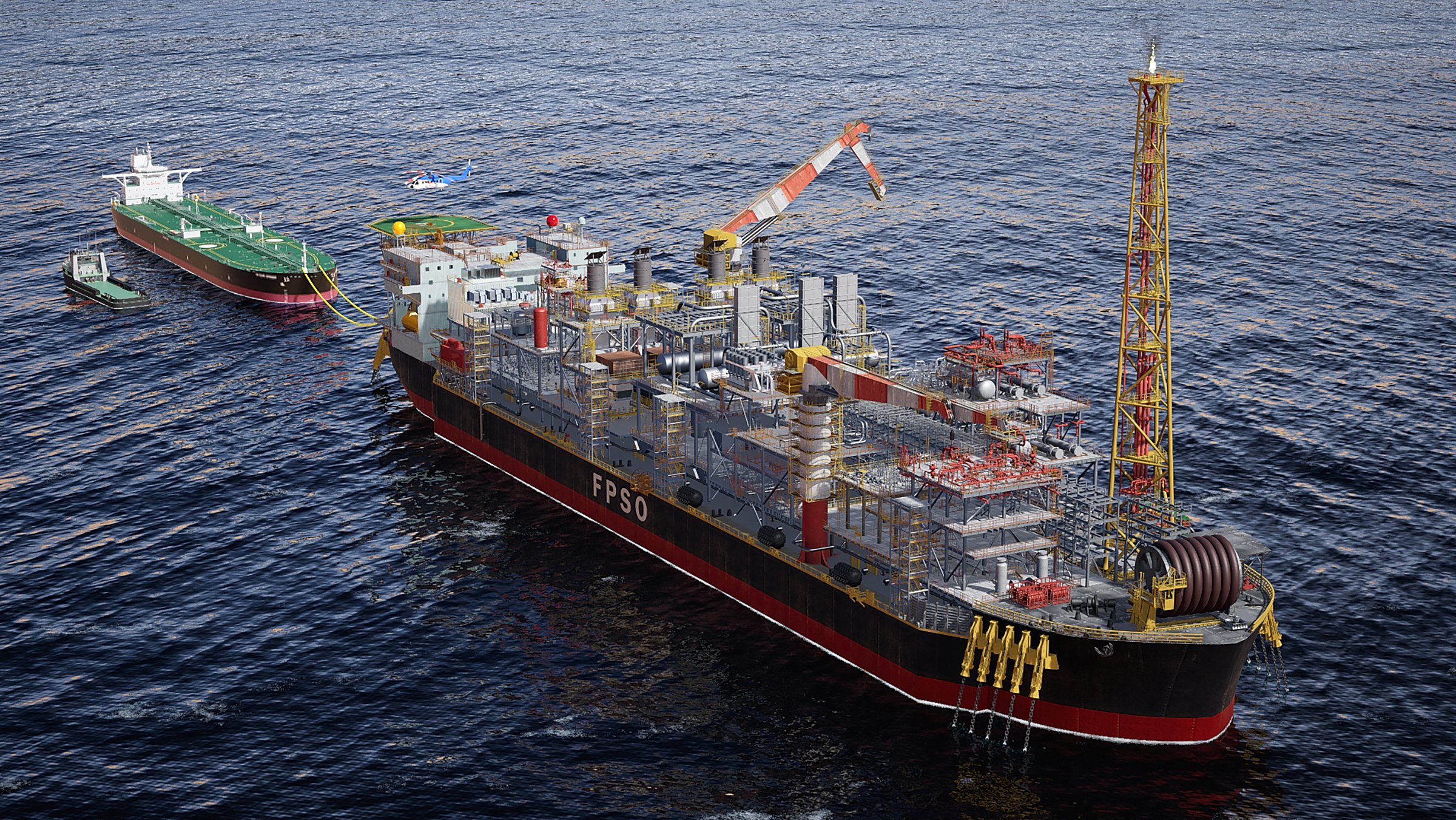Our vision for the future is now! Take the latest digital technologies, add a proven partner to handle complexities and start seeing the benefits of a connected vessel strategy across your fleet.
Tour the interactive!
Share This:

Our vision for the future is now! Take the latest digital technologies, add a proven partner to handle complexities and start seeing the benefits of a connected vessel strategy across your fleet.
Tour the interactive!
There is so much to gain by adopting digital technologies and having your floating production fleet connected to people and data that make FPSO operations more efficient. The interactive above shows you some of the benefits. It also helps you understand what that future vision looks like, and what you need to make it a reality.
Let’s look at some common questions you might have.
We break it down into four pillars.
A connected vessel uses the latest digital technology to help maximize production; it uses the onshore operations center to connect to expert support (wherever they may be) and identifies areas to use autonomous operations. And, when using an OEM MAC it can help reduce interface management risk, ease system integration and optimize commissioning. Better project execution using the methods mentioned above can accelerate time to first oil.
A MAC is a main automation contractor. An OEM MAC sets the technology standards used by the skid builders and then coordinates these OEM modules and integrates them into the main vessel system, reducing risk and integration headaches as well as helping to keep the project timeline… on time. Imagine that!. See it all come together in the interactive above.
What? You think you can do this alone . . . next year . . . five years from now . . . 25 years from now? In the case of an FPSO, a partner (like a vessel automation and digitalization partner) can help throughout the life of the vessel. This includes during the conceptual phase, FEED studies, EPC engagement, or even taking that on, startup and operation phases. When you take a look at how you can benefit and what you can save, the lightbulb will go on and brightly! Learn more in the interactive.
It’s kind of like the secret sauce, the secret ingredient that makes a food dish so popular. A VADP (as it’s sometimes referred because who doesn’t love an acronym?!) takes the role of the traditional MAC and expands the scope. This can have an enormous positive impact on the operational life of an FPSO because it starts before the vessel is even afloat. It reduces project risk and sets the ship up for success through its extended operation. Dive into the interactive to learn more and to see examples.
This was touched on in an earlier question. We think this is important because so much time is used unnecessarily, and at the most critical time in the shipyard when delays cost the most. Simplify and improve the integration of the tens of skids on your vessel and you’ll keep your project on track and get to that all-important first oil that much quick. Cha-ching!.
How about connected to everything? When we’re talking about a platform for automated solutions, we’re close! ConnectedProductionTM is that platform, built on open technology it underpins Sensia’s new breed of autonomic, automated and connected solutions. It connects everything to everything helping to make digital transformation a reality. And did we mention it’s scalable? It allows you to bring together reliable, meaningful data you can trust within your own ecosystem at a pace that meets your needs. Perfect for an FPSO!
Smart phones are great, and smart devices like tablets are now being used on FPSOs and other floating production vessels. The need to have real-time data available to operators is real. But what if people on board an FPSO need help from an expert not on board, like an engineer from an OEM. Easily connecting the two can save hours or perhaps days in potential downtime and help to reduce costs by having fewer staff on the ship or brought to it.
So many things are better in twos . . . like two chocolate chip cookies are better than one! Obviously a floating production vessel needs a control room, but it’s just not big enough for everyone that needs to have access to the information on the ship. Plus, the engineers from the OEMs don’t need to be there (we’ve already covered that), and neither do all the petrotechnical engineers. Some have other jobs . . . on other vessels. But what better way to use their time more efficiently than giving them access to several FPSOs in one on-shore operations center. They have full, secure access and can help out when their needed. It’s kind of like two for the price of one . . .kind of like those two cookies!
FPSO stands for floating production storage and offloading vessel. It connects to the bottom of the ocean where is extracts crude oil, natural gas, and sea water from an offshore oil field. Production modules on the topside of the vessel treat the gas and fluids before they are transferred to tankers.
We’ve put together an interactive model of a working FPSO. It’s built with 360 degree views of many different automation modules, views of those modules connecting to the main system, and more.